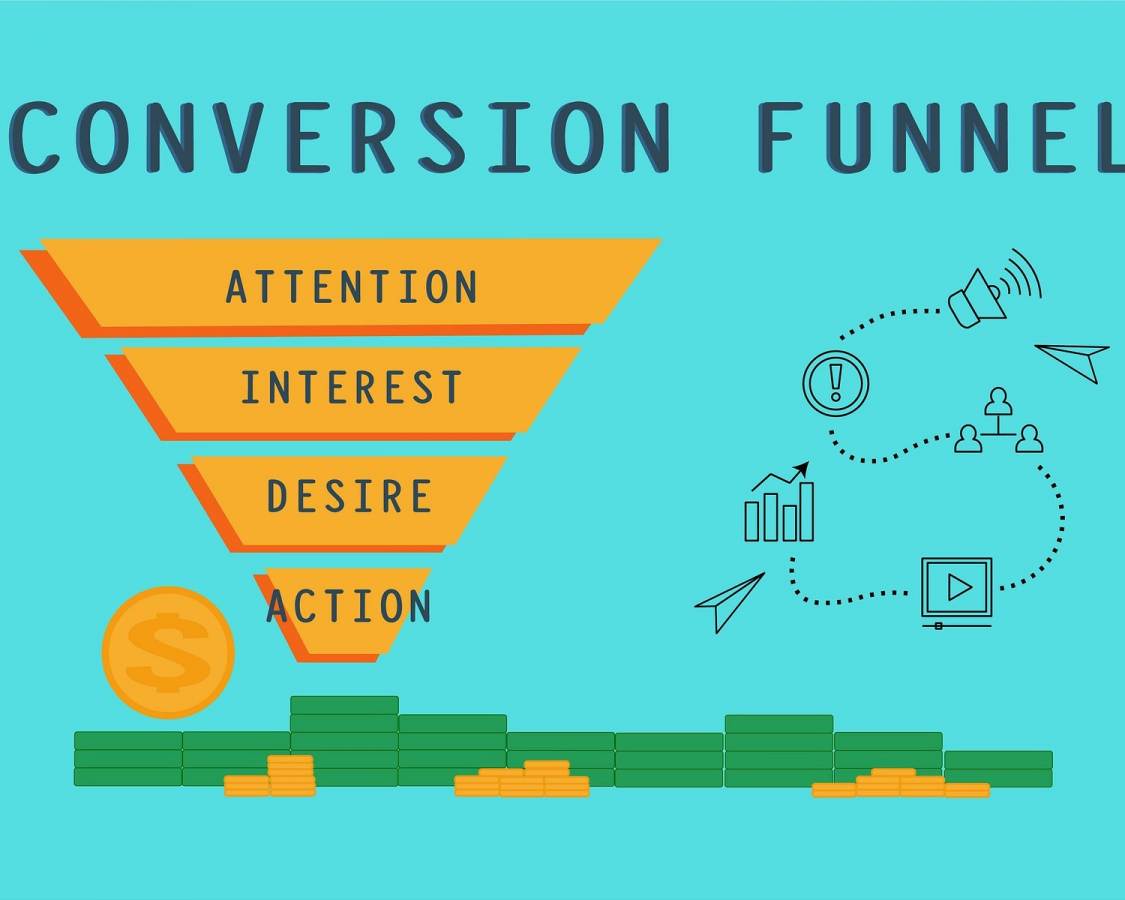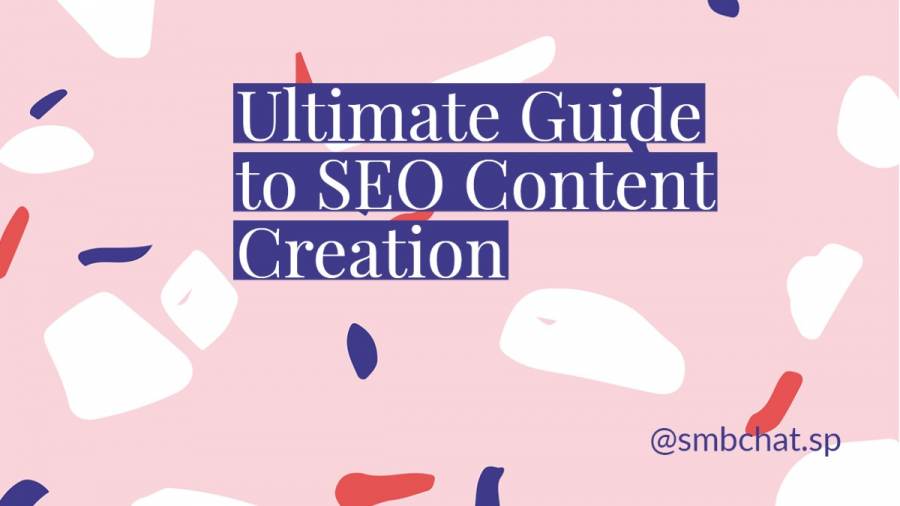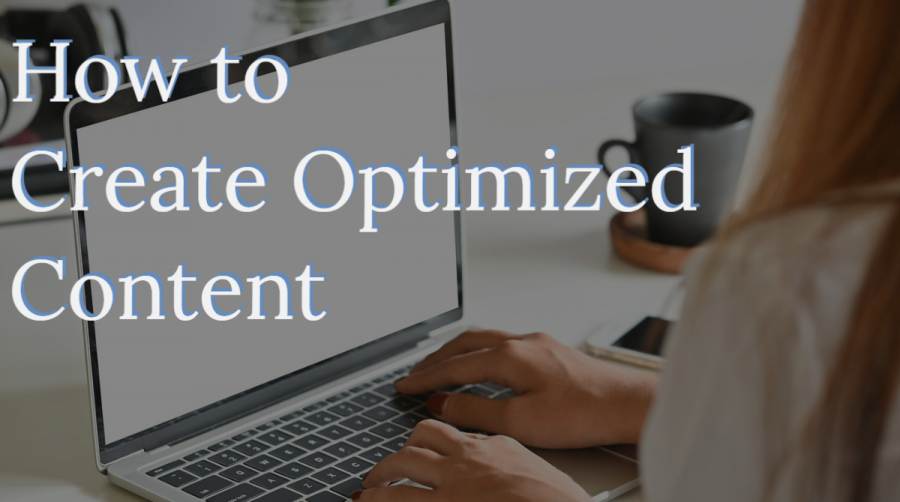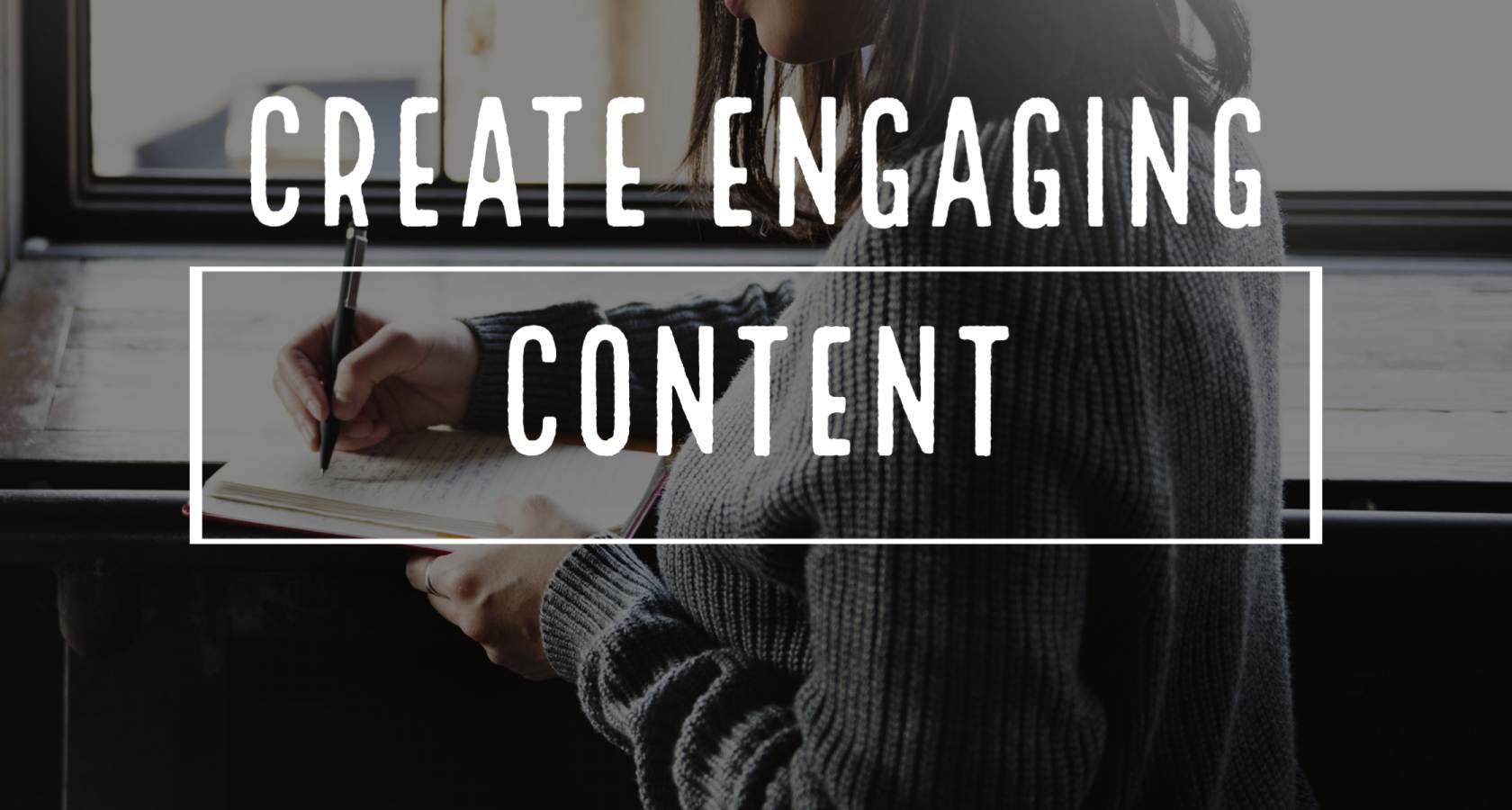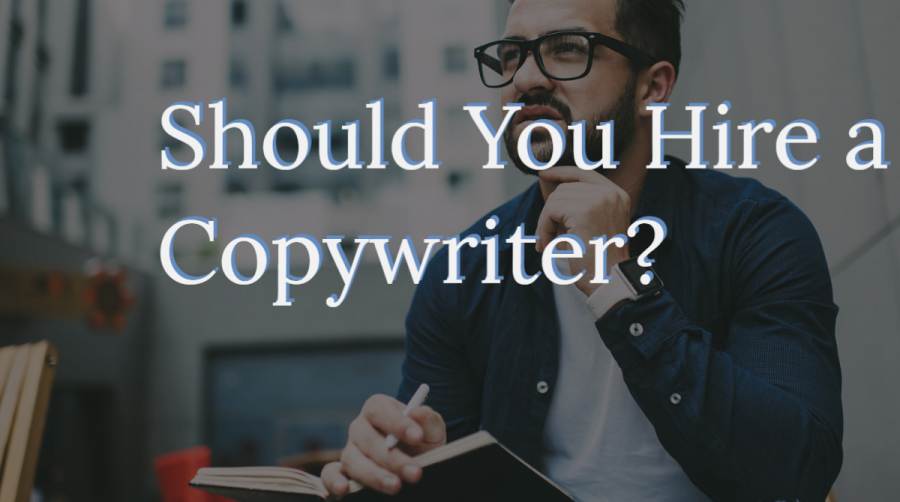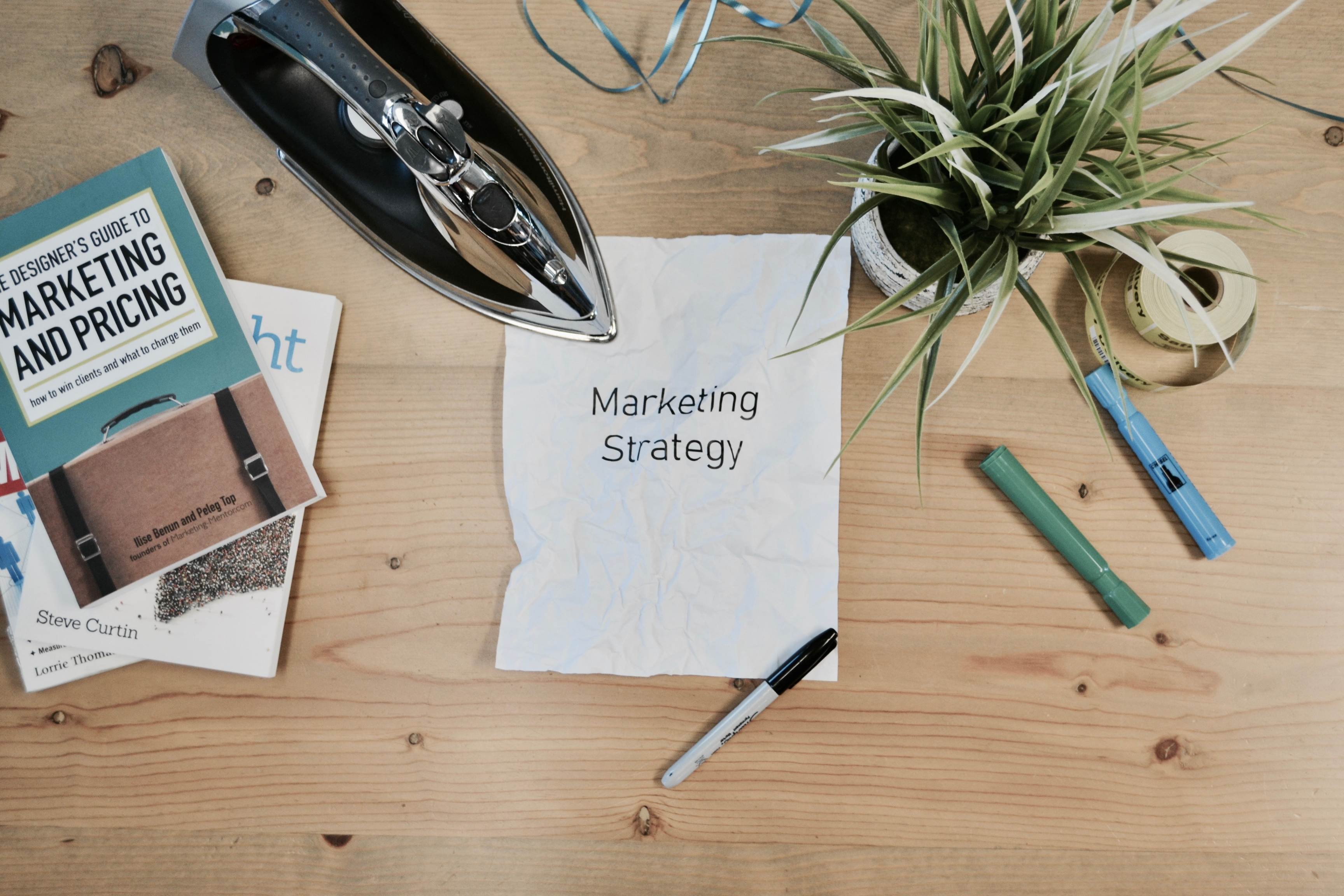Sales Funnel 101: Is It the Answer to that Elusive 100X in Sales and Traffic?
We'll talk a lot about the fundamentals of sales funnels today, but before that, some context.
Picture walking down a beautiful street minding your own business on a quaint Friday evening.
You're soaking in the picturesque views of the city limits under a sky that's now ablaze with the fire of a setting sun. What could possibly go wrong?
Out of nowhere, a stranger jumps into view, says hi, and proposes. Yes, he(or she) asks to marry you, point-blank.
No introduction, no details, no nothing…just the supposed love of your life, their audacity, and one of the widest grins you've ever seen on a human face.
Regardless of how attractive they are, you'd probably become defensive, smile, and walk away albeit quickly from wannabe Ted Bundy there.
Well, that's how your customer, aka your target audience, feels whenever you approach them with "an offer they can't refuse" without first building a relationship with them.
Relevant Reading:
Through the Needle's Eye: How to Find Your Target Audience Without Missing a Beat
How to Reach Your Target Audience Through Content
4 Target Audience Examples to Make Defining Your Brand's Audience Super Simple
What is a Sales Funnel (We'll Explain Like You're Five)
A sales funnel refers to the gradual steps a prospect has to take to become your customer.
The most successful sales teams utilize iterative, calculated, and deliberate processes that guide a customer from the moment they hear about their business to when they make a purchase.
For an excellent analogy, look no further than the dating market. A sales funnel in a typical relationship would start this way:
- You ask for her number
- Then offer to take her out on a date.
- Introduce her to your parents
- Eventually, get down on one knee and ask to grow old together.
Notice that the customer isn't any less important at any stage. You may love your crush when you take her on a date as much as when you asked for her number.
Regardless, you can't ask to marry them outright.
How Does a Sales Funnel Work?
Ultimately, a sales funnel works by gradually building familiarity and trust with a prospect.
Sadly, it's often ignored and underrated in the grand scheme and complex pieces that define most sales strategies.
Walk around a business with a poor sales funnel, and you'll soon realize that the lines between prospect, lead, and customer blur beyond recognition.
Often, they wouldn't know what to do with a new lead once she lands on their website or blog.
They could sell her the product directly. Alternatively, they could ask her to subscribe to their newsletter or do both regardless.
And where do they throw in that 15-day free trial… anywhere (I guess?)
However, the process is more defined, consistent, and less confusing for a business with a sales funnel like yours. Hence:
-
A client who lands on your website is a prospect.
Most of the information this client would read is non-salesy educational blogs. After some time, the business owner will then ask them to join their email newsletter through a pop-up.
-
A Prospect who signs an email form is now a lead.
Creating a form is essential for two reasons. First, it narrows the number of potential leads to a few that are serious, hence improving lead quality down the funnel.
In addition, it enables you to contact and communicate with your prospect outside of blogs, either through email or phone.
-
A Responsive Lead is now a Sales Qualified Lead(SQL)
Not all your leads will respond to engagement positively (or even at all). However, the few that click on your blog notifications, special offers, or alluring information are now ripe for a sales pitch.
-
A Lead Who Makes a Purchase is Now A Customer
As expected, not all of your sales-qualified leads will respond to your sales pitch, and those that respond may not make a purchase.
However, the few sales-qualified leads who convert into purchases are now your customers. The aim now shifts to customer retention marketing (and doing everything to turn them into return customers).
What are the 5 Sales Funnel Stages
Your typical sales funnel will consist of five key stages. That's at least in theory. However, you'll often add some as your funnel evolves and matures to fit your unique circumstances. As a quick primer, check out our blog on BOFU, MOFU, TOFU.
That said, these five stages are:
Stage 1: Awareness
There is no such thing as an offer a customer can't refuse. And it's even worse if said customer doesn't know anything about you or your business in the first place.
That's where the awareness stage comes in.
This is the stage or level where you break the ice, get to know your customer, and most importantly, the customer gets to know you.
Here, your aim is for prospective customers to become aware of their pain points and how your product alleviates them. Please read that again.
There are several inbound and outbound ways your customers could hear about your product. It could be:
- Through your customer-facing website
- A tweet or a Facebook post
- Recommendations from friends
- Ads such as those on Google Adwords and PPC
- Reading about your company on a blog.
Fortunately, the awareness stage isn't anything you've never heard before. You've probably met a questionnaire asking about how you discovered a business.
Well, here, they're just collecting analytics about the effectiveness of their awareness stage marketing (but that's a story for another day)
Stage 2: Interest
The second stage of the sales funnel is interest. Here, you aim to pique the interest and attention of your target customer.
Once a customer catches on to your product, its importance, and its potential utility, the next step is them developing an interest in said product.
Naturally, your customer would resort to product research. That's why 93% of your customers read reviews before buying a product. It's all part of the long process of comparison shopping.
On the other hand, you would want to be there with the content right when the client wants it. These are your non-sales, informational, and user-generated content and blogs.
Stage 3:Decision
To buy… or not to buy. That's the dilemma that your customers will find themselves in after the interest stage, one that we are all familiar with.
This is called the decision stage.
On one hand, there's the promise of a worthwhile purchase that will potentially make their lives better.
On the other hand, the trauma of failed, regrettable, and dreadful past purchases and the promise never to make a similar mistake.
Let's not even mention the big hole a purchase would leave in your pocket.
At this stage, your marketing should aim to scale this wall of skepticism and prove that the benefit of your product is way better than its cost. You can also:
- Offer free shipping
- Offer a discount
- Advertise benefits over features
Stage 4: Action
"An ounce of action is worth a ton of theory," Ralph Waldo Emerson.
At the end of the day, you want your prospect to take action; that's why you're reading this piece in the first place.
An action could manifest itself in many ways depending on your intent. These include:
- subscribing to a newsletter
- getting onto a 15-day free trial
- purchasing your product
- attending a webinar
Regardless, you want to prompt action from your customers at the tail end of any marketing strategy.
However complicated this seems, it's not impossible.
With a network of well-crafted and fine-tuned copy, the likes of a call to action, a landing page, or a pop-up screen, you could easily prompt action from a customer.
Stage 5: Retention
Like other business owners, it's the thought of converting one new lead that gets you out of bed each morning.
What if I told you that there's something better than a converted lead.
It's not world-class Wagyu beef with premium caviar (that's equally a match made in heaven), but a return customer.
There's nothing better than building an army of loyal customers, the kind who wear loged caps when mowing their lawns and swear by your business.
And it shows in the numbers.
Acquiring a new customer costs 5X more than retaining an existing customer. Consequently, increasing retention by 5% has been shown to increase profits by 25-90%.
This means that what you do after converting a lead may be more important than what you do after it.
Do you keep in touch with your customers?
Send them newsletters, maybe?
Update them on how to use the product?
Inform them of available updates?
Alternatively, that purchase could be the final time you ever see your customer, losing them in the process. This makes customer retention and proactive engagement the fifth stage of your sales funnel.
What if I don't Have a Sales Funnel, Am I Screwed?
Not yet.
Surprisingly, all businesses have a sales funnel by definition (yours included).
It might be the most inept, futile, inadequate, and non-existent sales funnel ever made, but it's still a sales funnel.
Fortunately, building a sales funnel (or patching the holes in an existing one) isn't the rocket science people make it out to be. You can have one up and running with the following steps:
Steps to Step Guide to Building a Sales Funnel Strategy That Converts Like Clockwork
Companies with efficient lead nurturing strategies have 50% more sales than those that don't. And that's not all; they do it at 33% less expense.
However, nobody said building one is easy. Navigating the journey from your interested customer to a converted client and, eventually, a return customer is no walk in the park.
Consequently, creating a sales funnel strategy to augment, visualize and realize this process is equally challenging.
Here are a few actionable steps to have a working sales funnel strategy up and running:
Step 1: Build Brand Awareness, Increase Outreach, and Reach New Frontiers
The first step of your funnel is awareness. It's also the most extensive, broadest, and lead-laden activity in any sales funnel.
Here, you're casting a wide enough net hoping to bring in as many leads as possible. We’ll use this Mark Manson blogpost on building confidence as an example.
First we discover Marks blog as a recommendation from another website, hence the essence of building awareness.
Some outbound tactics you can use for this stage are:
- Social media advertising
- Developing an online presence( creating a website)
- Creating a blog around your expertise
However, many experts believe that the era of spray and pray strategies has exhausted its usefulness. This has led to the rise of another branch of marketing called inbound marketing.
Here, your aim shifts from lead quantity to lead quality, and you're narrowing down to only interested leads with precision.
Some of the inbound practices you can start are:
- Search engine optimization (SEO) blogging and content creation
- Pay per click advertising, such as using Google Ads
- Newsletter and email marketing
- Web-based seminars aka webinars (some have conversion rates as high as 55%)
- Case studies
- Affiliate marketing ( YouTubers and stuff)
Step 2: Lead with an Enticing and Eye-Catching Pop-Up Screen
A few seconds into reading your blog or website, your lead should be greeted with one of the best marketing pop-ups they've ever seen.
For the first time, they should be seeing a pop-up that actually compels them to click.
There's no way around making a sensational pop-up screen. Without a perfect and well-timed pop-up that ticks every other box in the anatomy of great pop-up pages, conversions will remain elusive.
Some of the actions you can take to improve your pop-ups include::
- Leverage compelling imagery
- Incorporate social proof, i.e., "10,000 have joined" or "Join Microsoft and Google."
- Leverage eye-popping color combos
- Bold your key benefit phrases
- Use conversational language and the second-person pronoun "You."
- Place all your efforts behind one powerful CTA.
- Use numbers to highlight serious savings.
Fortunately, help is on the way, thanks to tools such as OptiMonk that can help you optimize your pop-up timing.
Step 3: Prompt a Reader to Fill a Custom, Brief and Non-Intrusive Lead Generation Form.
The next step in your sales funnel should be converting your reader into a lead. This is french for getting them to fill a lead generation form.
Marks lead generation is the simplest, and least intrusive, requesting only for your email and providing a reward (3 e-books right to your email address).
Doing this will enable you to:
- Establish communication and engagement outside your blog
- Get to know more about the reader(their specific industry)
- Usher in the stage of personalized communication etc.
- Keep doors open with the client even if they're not converting on that day.
Nevertheless, getting a customer to give their personal information is easier said than done. Fortunately, there is a method to this madness. You can:
- Write an attractive, alluring, and intriguing form ( no room for lazy copywriting)
- Help your readers fill in the form.
- Lead with a pop-up asking if they would want more from your relationship
- Make the form as brief as possible( here are a few tricks)
- Place your form above the fold for the highest quality leads.
- Consider placing your form below the fold for everyone else.
Step 3: Start Engagement With a Series of Personalized, Captivating, and Relevant EMails
Immediately after your lead fills in the form, they should get a notification from your company welcoming them to the community.
From now onwards, the ball is in your park. Naturally, you want to craft irresistible, custom, and personalized newsletters that keep bringing your lead back to your blog.
Also, the content you send them must be personalized. This means no "Hey Customer." Instead, address your lead by their first name, "Hey Jane."
Here are a few strategies to create a healthy distance between your emails and the spam box:
- Write captivating headlines that leave your readers wanting more (have a promise and urgency)
- A/B test everything, and yes, we mean everything
- Use numbers in your headlines
- Customize the "from name" part of your email, hope you noticed the “from Mark” part
- Spend a lot of time writing your subject lines (ensure it's compelling and personalized)
- You'll never go wrong with tasteful humor.
Step 4: Proactively try to Convert Your Customer
Reading through these processes, you've probably been asking when we get to converting the customer. Maybe the writer forgot it somewhere.
Well, good question. In an effective sales funnel, converting a customer isn't a specific point in the sales strategy; it's more proactive than reactive.
Mark begins conversion right away. Once you click on the confirmation from his welcome email, you’re redirected to this page.
Consequently, you should no longer see conversion as a destination but as part of your entire journey.
This means:
- A call to action on each blog
- Your landing page appears on every newsletter you send out
- Pop-ups at the bottom of your screen
With a proactive approach to conversion, you will never miss out on a ready customer. Hey, some prospects just want to skip the foreplay and buy your product already.
But is this the only conversion page on Marks blog, oh no. They’re everywhere, and yours should be too. Here’s another one at the tail end of his blog:
Step 5: Measuring Success and Developing a Data-Led Approach
That said, building a successful sales funnel is a lifelong process. From a distance, successful sales businesses may seem to have strategies built and perfected in a day.
The truth, however, isn't as rosy. Successful sales funnels have been brewed for years, battle-tested, and upgraded over time.
This further underlines the importance of using key metrics to measure the success of your sales funnel, perform unit testing and make improvements.
Here are a few actionable tips:
1. Ask subscribers why they're unsubscribing from your newsletter
2. Ask leads how they discovered your business
3. Collect analytics from all stages of your sales funnel
4. Track your sales funnel KPIs such as lead attrition, customer lifetime value, and lead generation.
5. Perform A/B testing on your sales funnel
Struggling With Brand Awareness and Interest? We Know A Guy
Building a working brand awareness strategy can be overwhelming. Often this requires long days and sleepless nights spent crafting informative, SEO-friendly, and relevant content.
At the same time, you still have a sales and marketing department to run; other responsibilities didn't just disappear the day brand awareness became essential.
You can't be everywhere (and do everything) at once. That's why we propose Zoey.
Zoey is your home for quality content that inspires readers and impacts your bottom line. Our almost endless catalog consists of blogs, e-books, whitepapers, case studies, and product descriptions.
Pick your poison, contact us today, and let us start making your brand awareness problems a thing of the past.
Photo by John Conde from Pixabay. Thanks, John:)







